Those who want to change the design of their garden can do so by planting low-growing perennial flowers along paths, under trees or on an alpine hill. The most suitable time for planting comes in the fall, when gardeners have more free time. With pre-winter sowing, the flowers will sprout with the arrival of the first warmth and will be able to bloom as early as the next season.

Periwinkle
Periwinkle is an unpretentious plant that even a beginner can care for. Perennials are ground cover species. Flowers create a beautiful carpet on the site. Periwinkle petals can have a blue, light blue, or purple color. Flowering occurs twice a year - in April and July.
Periwinkle is planted under bushes and trees to suppress the growth of weeds, and they decorate rocky hills. Once every 3–5 years, the thickets of the plant are thinned out. Sowing is carried out in loose fertile soil, cutting grooves 1 cm deep.
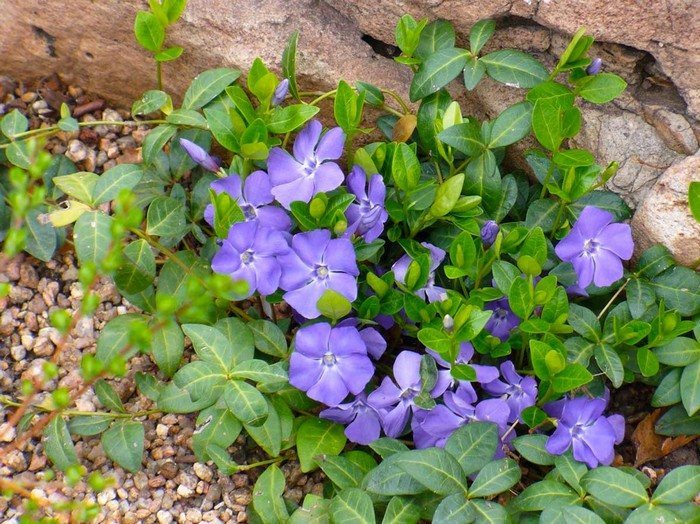
Primrose
Primrose belongs to the group of primroses. The herbaceous perennial has many varieties. Every year new, even more impressive varieties appear on the market. For best germination, you should take the freshest seeds. Primrose is sown before winter at the end of October.
The method of sowing in open ground is more suitable for varieties with large seeds. The soil for primroses should be loose and nutritious. The flower develops better when planted tightly.Only some varieties of primroses are light-loving; others grow better in the shade.
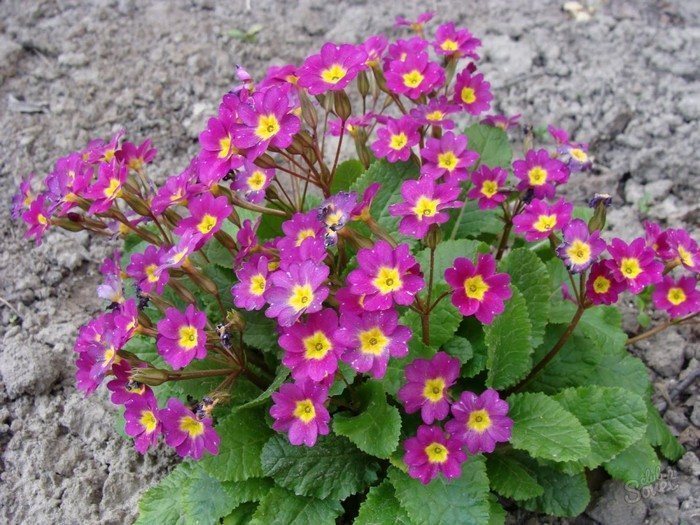
Lily of the valley
In the wild, lily of the valley is almost never found, but it is grown more and more often in areas. The seeds of the plant need stratification, so autumn is the ideal time for sowing the crop. Lilies of the valley bloom in April - May. Flowers are good because they tolerate shade well. They can be placed on the lawn on the north side of the house.
This plant will also like the shade of trees or bushes. Lilies of the valley prefer moist soil rich in organic matter. When sown by seeds, flowers grow for a very long time. The seed growing method is usually used if it is impossible to obtain parts of the rhizome with sprouts for planting.
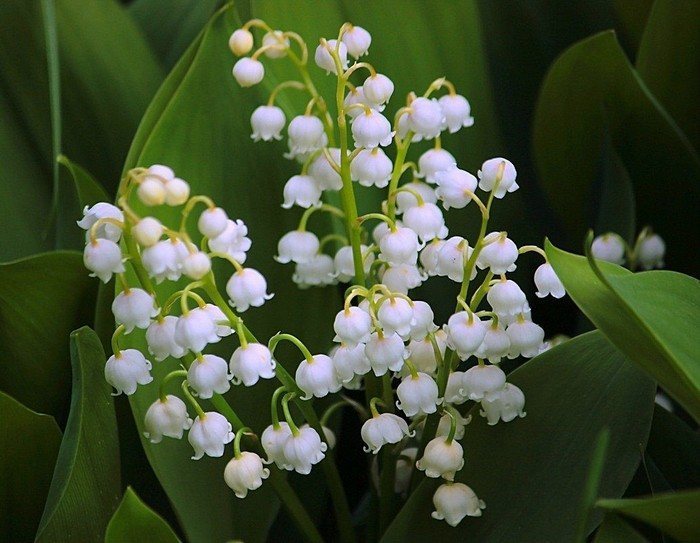
Eschszolzia
The popular name for Eschscholzia is California poppy. The plant feels great even on poor soils and easily tolerates drought. Eschscholzia flowers are very original. In clear weather, they open towards the sun, and in the evening they close their petals again.
In culture, this plant is grown as an annual. However, Eschscholzia readily reproduces by self-seeding, which eliminates the need to sow every year. Gardeners value these flowers for their long flowering period, lasting from June to October. To preserve eschscholzia, they can be dug up before the arrival of cold weather and transferred to a greenhouse.
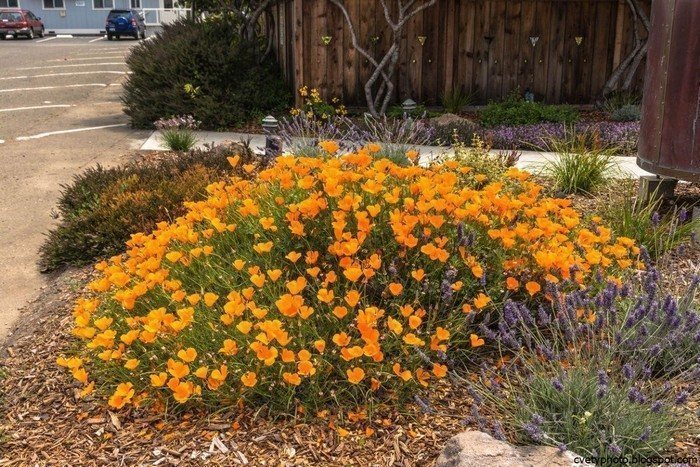
Badan
The plant has large evergreen leaves and decorates the garden with bright pink inflorescences. Flowering lasts about 2 months. Sowing bergenia before winter has its own characteristics. The seeds are sown in a box, cutting grooves 0.5 cm deep. The soil should be moist at the time of sowing.
After sowing is completed, the box is taken out into the garden and buried in the snow. In March, containers with crops are brought into a darkened room with a temperature of 18–19 °C. This could be, for example, a warm basement. After 3 weeks, shoots will appear. Then the seedlings are grown at home, where it is convenient to care for them. At the beginning of summer, seedlings are transplanted into open ground.
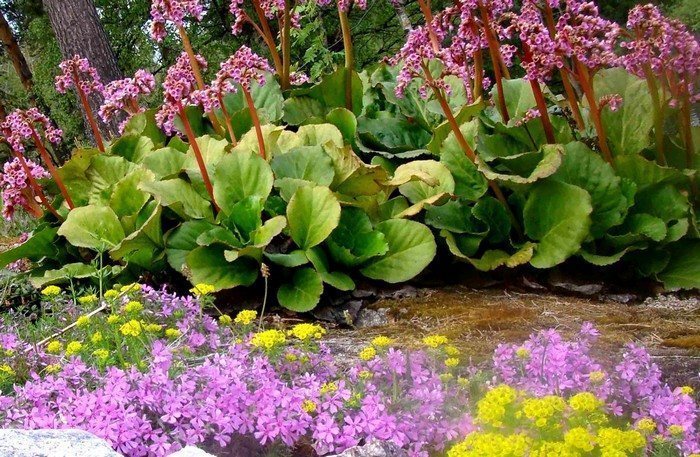
cornflower
Low-growing perennial cornflowers are planted in flower beds and used for border planting. A typical representative of this species is the beautiful cornflower, which blooms in June. Flowers can be colored in various shades of blue, and there are varieties with pink and purple petals. Mountain cornflower blooms with large purple or bright blue flowers.
Cornflowers are planted with seeds in September. Shoots will appear before the cold weather arrives and the plants will bloom next spring. True, this approach is only relevant for the southern climate. In cold regions, it is better to plant cornflowers closer to winter. For planting, choose the most illuminated place. The seeds are sown in furrows 3–4 cm deep. The crops are sprinkled with dry soil on top.
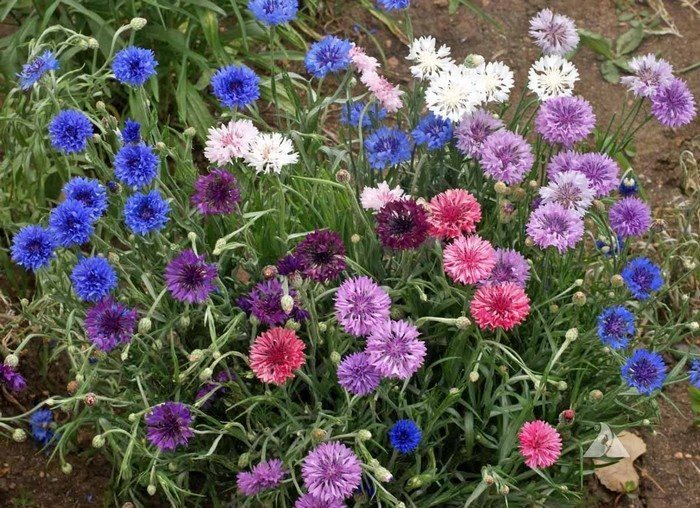
Phloxes
Low-growing varieties of phlox include dwarf, awl-shaped, splayed, snowy, multi-flowered. The listed varieties have a creeping stem, so they are often used for carpet planting. Sowing seeds in the fall is carried out in dry, frozen soil.
The right time for sowing is in November. The seeds are sown in shallow furrows, sprinkled with fertile soil on top and lightly compacted. Phlox are unpretentious in care, and the plants can easily tolerate frost. The better the area is illuminated, the more abundant the phlox will bloom.
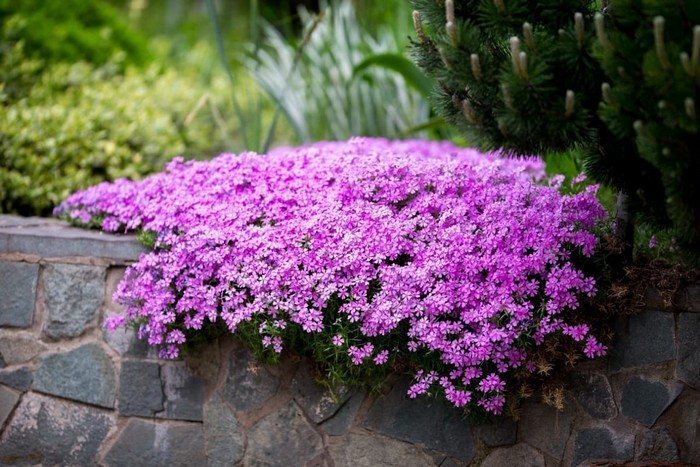
When sowing under winter, flowers are sown before the first frost or immediately after it. The seeds must be sprinkled on top with stored dry soil. The grooves must be made in advance, while the soil has not yet hardened. After snow falls, it is thrown onto the flowerbed. In spring, the snow mass will melt and properly saturate the soil, giving impetus to the awakening of seeds.


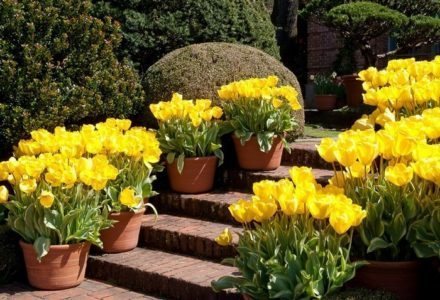
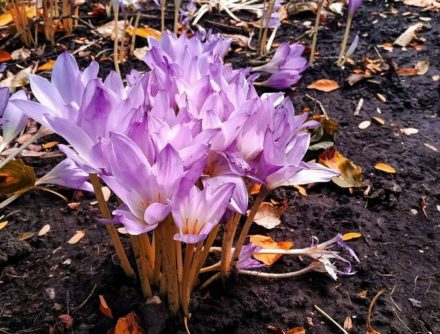
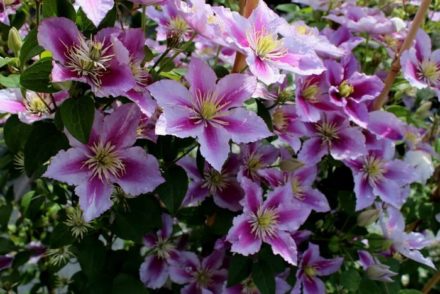

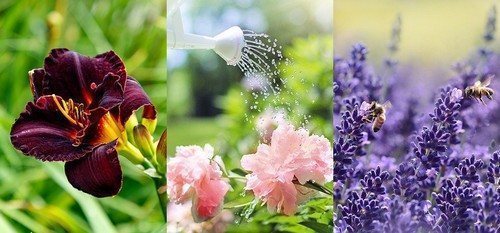
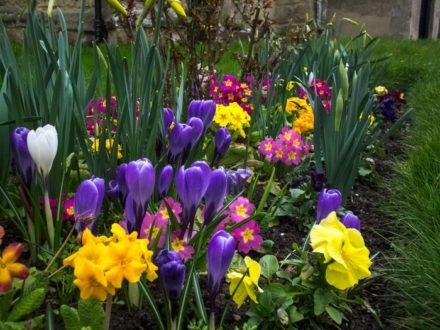
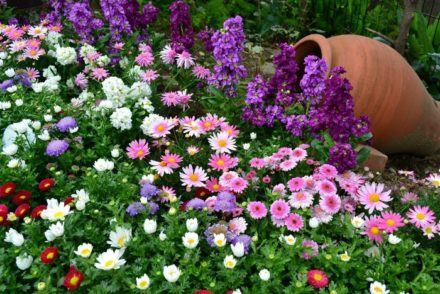
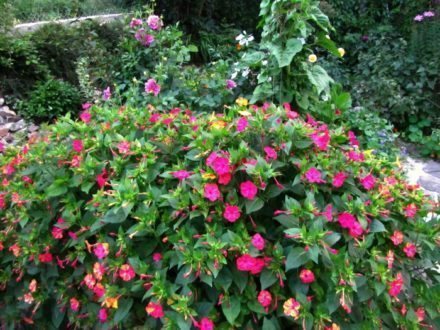

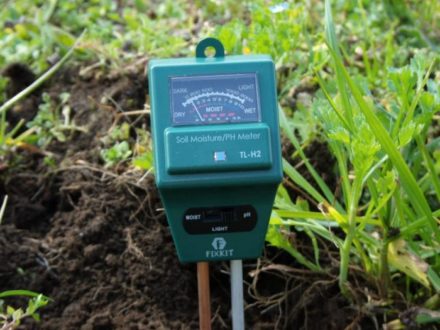
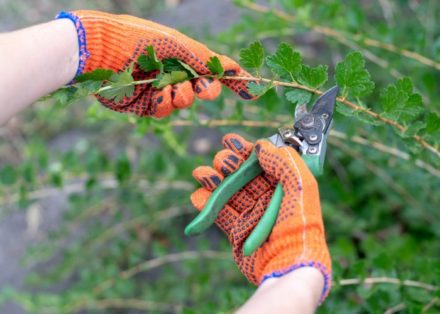
I also love flowers, but for some reason not all of them grow
I can’t seem to breed asters and dahlias
what do you need for this please tell me
I live in Kuzbass